The European Space Agency took in 2015 the initiative to organize a course for professionals operating in the sector of optical engineering for Space. Two types of courses are organized: one dedicated to space optics instrument design and the other space optics instrument technology. The two courses are organised alternatively, one per year. The course of 2023 is targeted at space optics instrument design.
The team of lecturers consists of professionals with a long-standing experience in the sector. Their accessibility during the course, gives the participants a unique opportunity to deepen their knowledge with one-to-one meetings aside from the planned lectures.
The venue hosting students and lecturers gives plenty of opportunities to develop a professional network. Sharing problems and discussing solutions together is the way to build a community of space optical engineers enabling and fostering growth in the space sector as a whole.
The contracted venue is again the Grand Hotel Poltu Quatu, close to Olbia – Sardinia (Italy) http://www.poltu-quatu.com/en/index.php.
For registration to the course and all financial matters please follow the link:
The 2023 course will focus on the Space Optics Instrument Design process. All aspects and fields, important for the development of a successful optical payload will be addressed and its field interaction will be illustrated. This will help young engineers working as an optical-, mechanical-, thermal-, AIT-, PA-engineer or manager to broaden their view and to better understand the interaction of the different areas and the complexity of the optical payload development.
The schedule of the course can be downloaded here:
• JWST – One Year in Operation – Chris Evans TBC (ESA-US)
• Space Optical System Requirements Definition – Tobias Boenke (ESA)
• Introduction to Imaging Optical systems – Roland Geyl (REOSC)
• Spectrometer Design – Bernd Harnisch (SOIDT)
• Optical CAD Instrument Modelling and Analysis – Flurin Heren (Ansys, Zemax)
• Mechanical Engineering – Jean-Christophe Salvignol (ESA)
• Lens Mounting – Gregory Lousberg (AMOS)
• Instrument Thermal Design and Analysis – Romain Peyrou-Lauga (ESA)
• Optical Coating Design – Angela Piegari (Consultant)
• Straylight Analysis and Control – Volker Kirschner (ESA)
• Performance Verification – Maurice Te Plate (ESA)
• Integrated design of instrument calibration – Glen Jaross (NASA)
• Complex Procurement – Luca Maresi (ESA)
• Product Assurance for Optical Instruments – Jorge Fiebrich (ESA)
• Hands-on activity – Building a Spectrometer – Volker Kirschner, Bernd Harnisch
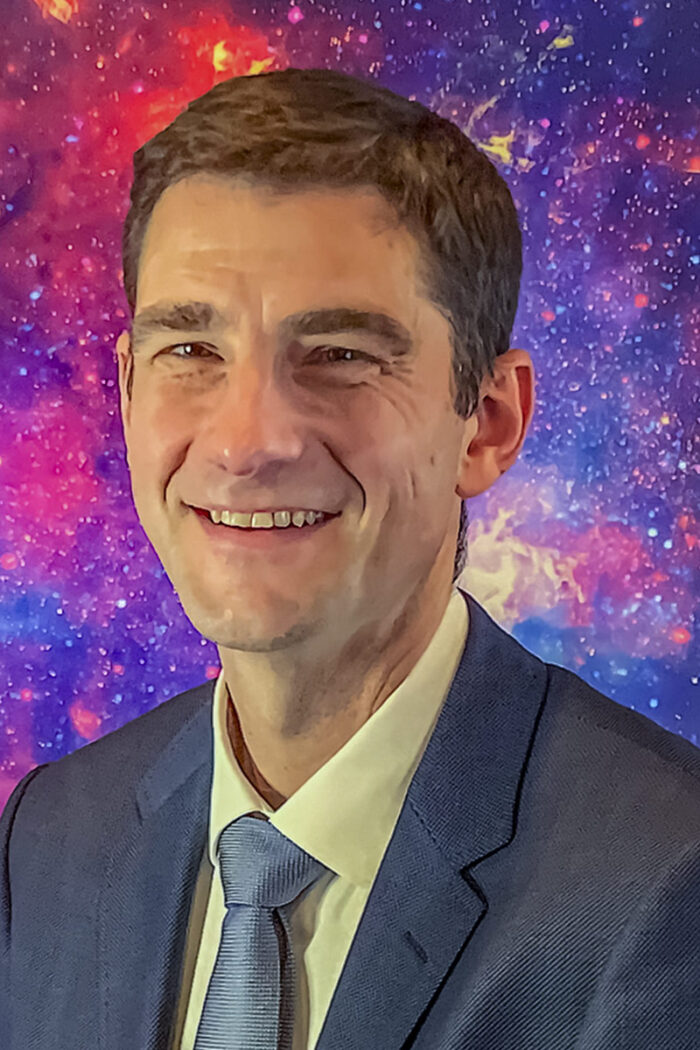
Chris Evans,
PhD Astronomy
>
JWST – One Year in Operation
The James Webb Space Telescope (JWST) is transforming our view of the Universe, from observations in our own Solar System, out to the early formation of galaxies just after the Big Bang. In this lecture I will
review the first year of JWST operations, including an overview of its instrument capabilities and performance, and some of the exciting science results from its first science programmes.
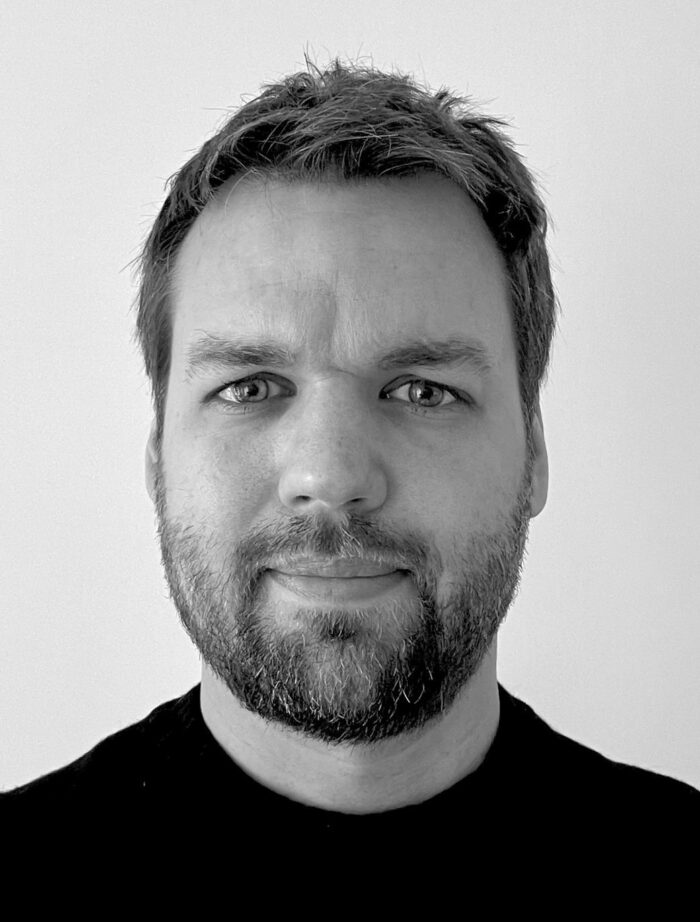
Tobias Boenke
Dipl.-Ing. Aerospace Engineering
>
Position: ESA EUCLID Mission System Engineer
Lecturing: Space Optical System Requirements Definition
Tobias Boenke is a Mission Systems Engineer working at the European Space Agency in the Science Projects department.
Before joining the Agency, he was a Performance and Detection Chain Engineer for Earth Observation instruments such as Sentinel 4 and MTG IRS. In the Agency he held the position of Payload Study Manager for the LOFT (X-Ray Timing) and PLATO (Exo-Planet Detection) missions.
cv
2019 – Present: Euclid Mission System Engineer, Euclid Project, Science Directorate, ESA ESTEC, Netherlands
2016 – 2019: Euclid NISP Instrument Engineer, Euclid Project, Science Directorate, ESA ESTEC, Netherlands
2013 – 2015: Payload Study Manager, Future Missions, Science Directorate, ESA ESTEC, Netherlands
2008 – 2012: System Engineer for Earth Observation Instruments, Kayser-Threde (now OHB), Munich, Germany
2003 – 2008: Dipl.-Ing. Aerospace Engineering, TU Munich, Germany
Space Optical System Requirements Definition
Early in the lifecycle of projects Systems Engineering processes focus on the analysis of stakeholders needs and the definition of adequate requirements for the subsequent design and development phases. The lecture aims to describe the requirements engineering process with a focus on the analysis of science and user needs in typical Space Optical Instrumentation applications and the derivation of key optical system design parameters. We try to cover examples and practices to derive the most common types of requirements: geometrical , image quality, spectral, calibration and characterization and radiometric. In addition we will describe tools and methods to support completeness, traceability, verification and validation.
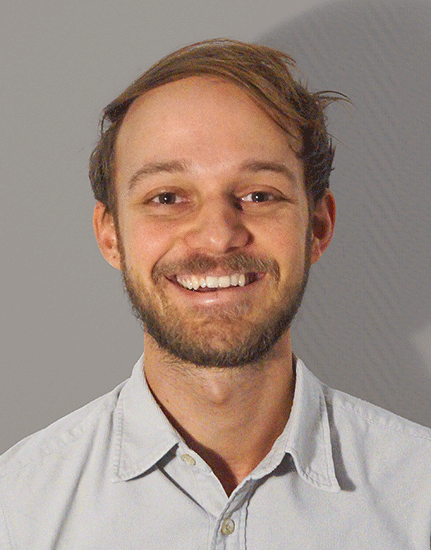
Flurin Heren
BSc, Mechanical Engineering
>
Position: Optomechanical Engineer, Ansys Zemax
Lecturing: Optical CAD Instrument Modelling and Analysis
Flurin is the Optomechanical Engineer of Ansys Zemax ACE Team in Europe. Since he joined in early 2021, he has focused on helping Zemax customer in the use of OpticStudio, bringing Zemax OpticsBuilder to market, delivering webinar and online trainings to the Zemax e-learning platforms and working on the interoperability of Zemax OpticStudio with a vast variety of other design software such as Creo Parametric, Ansys Mechanical and Ansys Speos.
cv
2021 – Present: Optomechanical Engineer, Ansys Zemax London, UK
2016 – 2020: BSc, Microtechnology / Optics and Photonics, University of Applied Science Bern, Switzerland
2011 -2015 BSc, Mechanical Engineering, Technical College Fribourg, Switzerland
ZEMAX Training
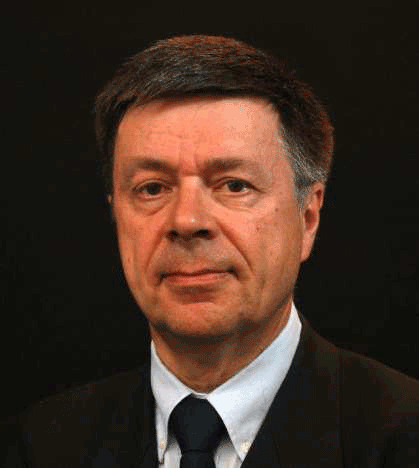
Roland Geyl, MSc.
Optical Engineer
>
Position: Business development, REOSC
Lecturing: Introduction to Imaging Optical systems
Roland GEYL is an Optical Engineer graduated from Paris Orsay Institute of Optics working at Reosc, SAFRAN Group in France. During four decades he contributed to most of the space projects at REOSC either as lens designer, manufacturing and testing engineer, program manager, sales manager and plant director. Today he focuses on business development. His main task is to explore new business opportunities for REOSC and act as expert in high performance optics design, manufacturing and testing. Current research is on free-form optics for astronomy and space.
cv
2019 – Today President of ‘Freeform Optics – Research & Solution’ Association (FO-RS) in France
2013 – today Safran-Reosc, France, Sales & Business development
1999 – 2012 Sagem-Reosc, France, Sales Manager & Safran Emeritus Expert in High performance optics
1981 – 1998 Reosc, France, Lens design & Engineering / Optical manufacturing & Testing/ Program management / Division Manager )
1976 – 1979 Study at Ecole Superieure d’Optique (Major of promotion)
1982 – 2002 Lecturer of Lens Design course at the Ecole Superieure d’Optique, Paris-Orsay
Introduction to Imaging Optical systems
The subject of this course module is to review the basics of imaging optical systems and the key few things to know in order to make more efficient use of lens design software tools for space optical instrumentation: the paraxial domain, the chromatic effects , third order aberrations, telescope systems, review of optical designs used in space imagers, freeform optics. The main goal is to offer a comprehensive overview of this complex subject without boring formulas and to help them to determine a sound starting point for maximizing success of the subsequent optimization work. Illustration will be done by short exercises.
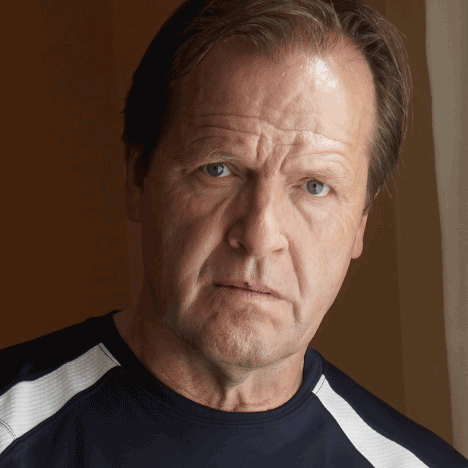
Bernd Harnisch,
PhD Physics
>
Position: SOIDT course academic programme manager
Lecturing: Spectrometer Design, Hands-on application
Bernd Harnisch worked 23 years at the European Space Agency in the Optics section as optical engineer. During his career he was responsible for technology developments on telescopes, spectrometers and lightweight ceramic mirror materials. Further on he was supporting the following optical flight instruments: GOMOS on ENVISAT, MSG, GERB on MSG, NIRSpec for JWST, MIRI for JWST and SEOSAT. Co-founder of the SOIDT course and programme manager of the SOIDT academic programme.
cv
2016 – SOIDT academic programme manager
1992 – 2015 ESTEC, optical engineer in the Optics section
1997 – 1992 Scientific Assistant in at Friedrich-Schiller University Jena
1985 – 1987 Academy of Sciences Jena
1981 – 1985 PhD in Holographic Interferometry at Friedrich-Schiller University Jena
1976 – 1981 study of Physics at Friedrich-Schiller University Jena
Spectrometer Design
In this lecture the design of optical spectrometer is explained. The general spectrometer set-up and the the basic formulas for the diffraction grating and the refraction prism will be recalled. Typical spectrometer configurations will be discussed and their advantages will be highlighted. The manufacturing process for gratings will be addressed. In an example the first order design process of an spectrometer will be shown: starting from the spectrometer requirements the grating line density and the focal lengths of the Spectrometer Collimator and Imager will be deduced.
Hands-on Activity
In the hands-on activity the participants will develop a spectrometer. Starting from a set of requirements they will perform the optical and opto-mechanical design, they will manufacture and integrate the spectrometer, verify the achieved performances and give a short presentation of the achieved results.
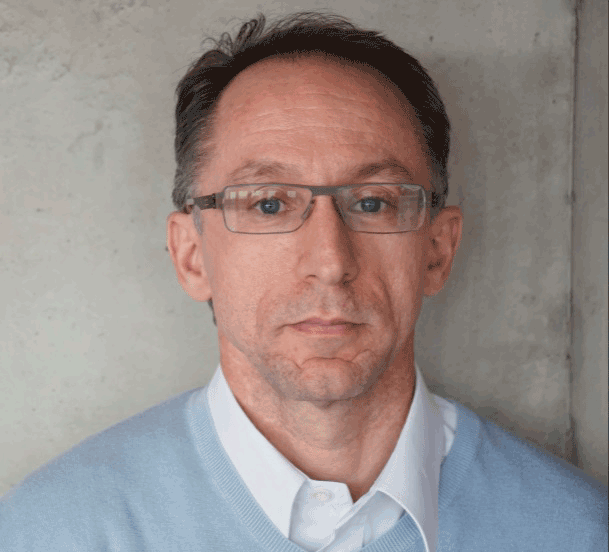
Jean-Christophe
Salvignol,
MSc. Engineer
>
Mechanical Engineering
Designing an optical instrument or a telescope is a system job that requires solid theoretical knowledge of optics, but this is not sufficient! A good understanding of material properties, structural behaviour, thermal aspects, manufacturing, cleanliness requirements and the AIT process is mandatory to meet the required performances.
This course will aim at giving some basic knowledge about structural design & verification and (a bit) of materials. It won’t be sufficient to become a knowledgeable mechanical engineer but should at least allow the optical designer to understand the risks and potential issues and to discuss with mechanical experts when needed.
This lecture will address in particular:
– Basics of mechanics
– Mechanisms
– Threats to the image quality
– Materials
– Mounting Solutions
– Verification

Gregory Lousberg
MSc. Physical Engineering
PhD
>
Lens Mounting
The lecture aims at providing design tools and good practice rules to deal with opto-mechanical design of lens assemblies. It covers tolerance analyses of optical design involving lenses, a description of the different lens mounting techniques with pros and cons discussion, lens alignment and integration aspects and system validation approaches.
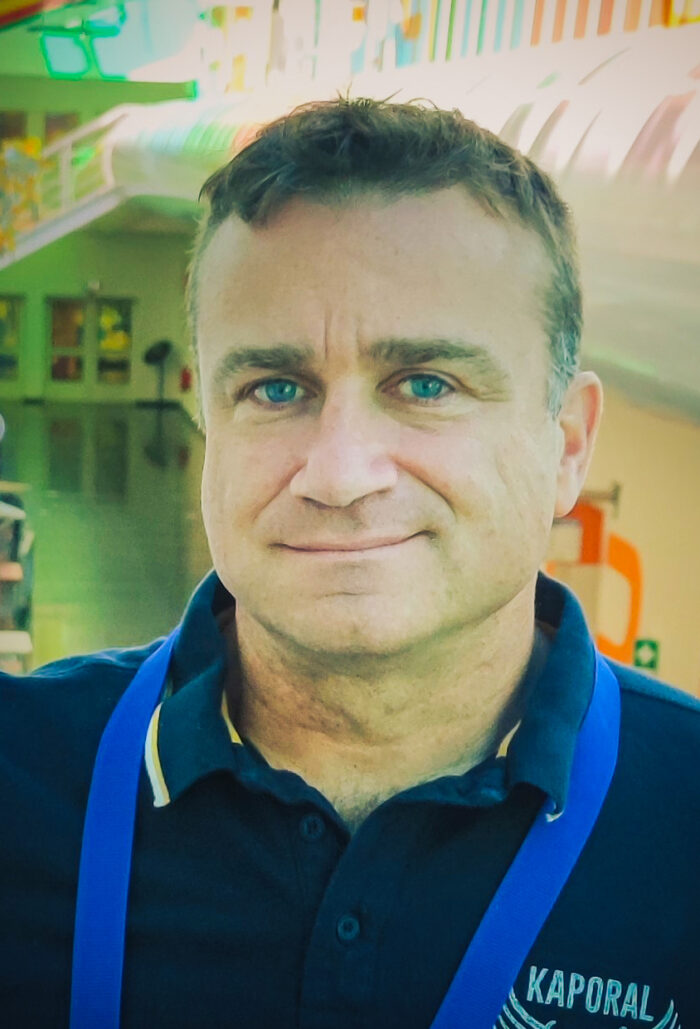
MSc. Thermal Engineer
>
Position: Thermal Engineer at ESA
Lecturing: Instrument Thermal Design and Analysis
Romain has 25 years of experience in Space Thermal Engineering, including 12 years in industry at Airbus Defence and Space (Toulouse), as thermal analyst and thermal architect for several Earth observation and Science instruments. Working now at ESA, he mainly supported Science projects (SWARM, CHEOPS, Comet Interceptor…) and his main project is currently JUICE (JUpiter Icy Moon Explorer). He is also the Technology Focal Point at ESA for both Multi-Layer Insulations (MLI) and Phase-Change Material (PCM) thermal capacitors.
cv
2010-present: Thermal engineer at ESA
– main thermal engineer for JUICE, Comet Interceptor, CHEOPS
– support to several projects (SWARM, Sentinel 1, EDRS…)
1998-2010 : Thermal engineer at Airbus Defence and Space (Toulouse, France)
– thermal architect of Sentinel 2 instrument, GAIA Focal Plance Assembly demonstrator, Herschel Telescope
– support to several projects of Earth observation instruments
– thermal analysis and tests for several projects (SPOT 5, Helios 2, Telecom satellites…)
Instrument Thermal Design and Analysis
Designing optical instruments, for space as well as ground applications, requires careful optimisation, at systems level, between the desired optical performances, and the mechanical stability and the coupled thermo-mechanical effects, but not limited to thermal expansion coefficients. Today most optical systems also comprises AO subsystems (Adaptive and/or Active Optics items) that again are sources of thermal loads, and induced stress and vibrations that further influences the ultimate optical performances.
For space instruments, vacuum, Sun radiation and even the Earth Albedo, depending on orbit, will influence the thermal behaviour of the instrument, often differently than on Earth and during performance tests.
Thermal aspects enter the Optical System design at many levels, hence the thermal performance optimisation require a constant and bidirectional interaction between the optical, the mechanical and the electrical engineers during the concept development, validation and testing phases.
This course chapter aims to review different coupled interactions of thermal behaviour on the optics, on the structure and on/from the related active and passive parts. Interactions via the respective material properties and choices, their design, assembly and dimensioning thereof, including approaches to minimise the thermal sensitivity of your optical system design will be presented.
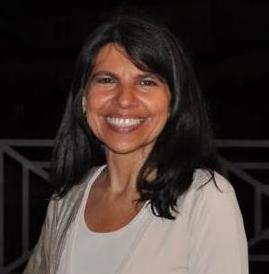
Angela Piegari,
MSc. Physics
>
Position: Space Optics Advisor
Lecturing: Optical Coating Design
She has been working for more than 30 years in the field of optical thin films and coatings at ENEA (Italian National Agency for New Technologies, Energy and the Sustainable Development) where she has been in charge of the Optical Coatings Laboratory. She has collaborated with many International Organizations and European Institutes, including ESA. In the past years she has been appointed as President of the “Italian Society of Optics and Photonics” (national branch of the European Optical Society), and member of the Executive Board of the European Technical Platform Photonics21. She recently left ENEA and is presently acting as co-director of the biannual International School of Space Optics-ISSO and member of the Programme Committee of the International Conference on Space Optics-ICSO.
cv
2010 – 2021 Research Director at ENEA
1994 – 2015 Responsible for the Optical Coatings Laboratory at ENEA
1977 – 1994 Researcher in the field of Optical Coatings
1977 Physics degree with honors
Optical Coating Design
Optical coatings are widely used in space instrumentation and in some cases they represent even the most critical elements of the instrument. A large class of coatings is based on interference phenomena that take place in layered structures; nevertheless the behavior of several coatings is essentially due to the materials properties. The selection of materials and the design of the coating structure will be described, depending on both the required performance and the operational wavelengths. Many types of coatings will be analyzed: high-reflectance mirrors, antireflection coatings, narrow-band filters, blocking filters, beam splitters, etc., highlighting the critical aspects. The effect of the angle of incidence and polarization, as well as the influence of the environment conditions will be discussed. Examples of application in space instruments will be also shown.
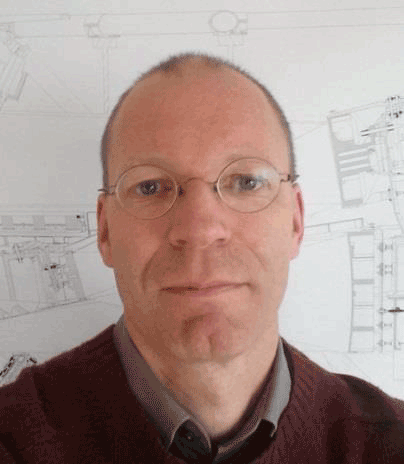
Volker Kirschner
MSc. Physics
>
Straylight Analysis and Control
The control of straylight is a driving aspect in modern optical instruments. The lecture will address the basic approaches how to suppress straylight in optical systems. The different types of straylight based on the originating concept will be explained. Guidelines for optical designs robust against straylight will be given and the principles of analysing the level straylight of an instrument will be illustrated. Finally, some examples of typical straylight performances of frequently used optical elements will be presented.
Hands-on Activity
In the hands-on activity the participants will develop a spectrometer. Starting from a set of requirements they will perform the optical and opto-mechanical design, they will manufacture and integrate the spectrometer, verify the achieved performances and give a short presentation of the achieved results.
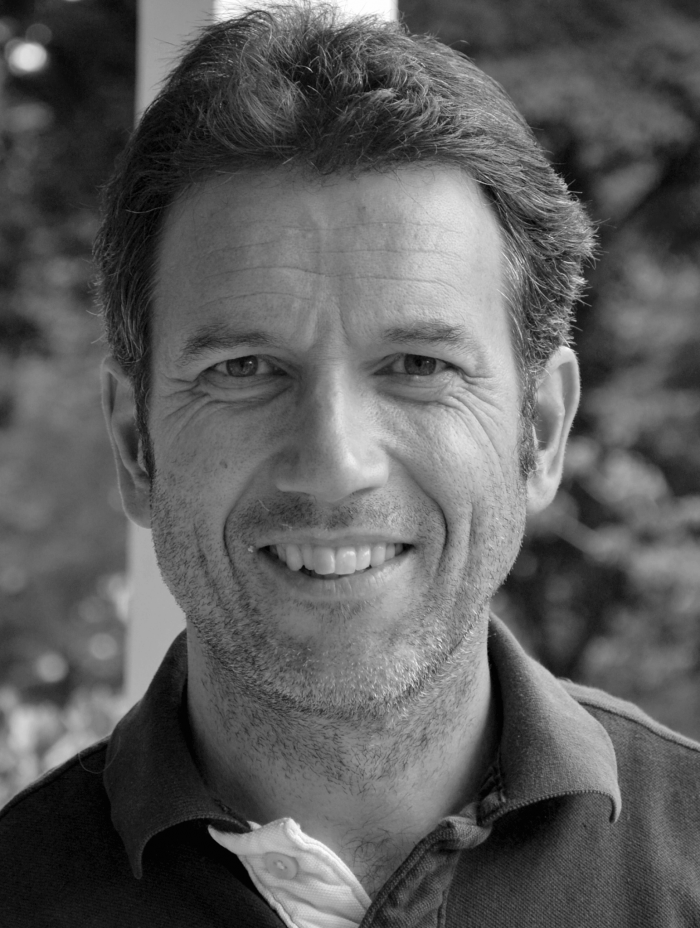
Maurice Te Plate
MSc. Applied Physics
>
Position : ESA NIRSpec Systems Engineer for the James Webb Space Telescope, NASA Goddard
Lecturing : Performance Verification
Maurice te Plate is a systems engineer working at the European Space Agency. He is currently holding the position of NIRSpec Systems Engineer for JWST. He is based at Goddard Space Flight Center in Greenbelt, Maryland and also has an office at the Space Telescope Science Institute in Baltimore. His main fields of technical expertise are physics and optics.
cv
2017 – today NASA Goddard and ESA STScI, ESA NIRSpec Systems Engineer
2012 – 2017 NASA Goddard, ESA JWST System Integration and Test Manager
2003 – 2012 ESA-ESTEC, ESA JWST Optical System Engineer
2001 – 2002 ESA-ESTEC, Optical Engineer in the Optics section
1995 – 2001 TNO Institute of Applied Physics, Optical Engineer/Designer
1994 Abbott Laboratories USA, Optical Consultant
1988 – 1993 Master’s Degree in Applied Physics at Technical University of Twente
Performance Verification
In the world of space optical instrument design, proper optical performance verification is of pivotal importance. Maurice te Plate has extensive experience in this field. Part 1 of this session will describe the suite of optical performance verification techniques available to the modern optical engineer and part 2 will focus on a specific case, the James Webb Space Telescope (JWST), the biggest and most complex space telescope ever built.
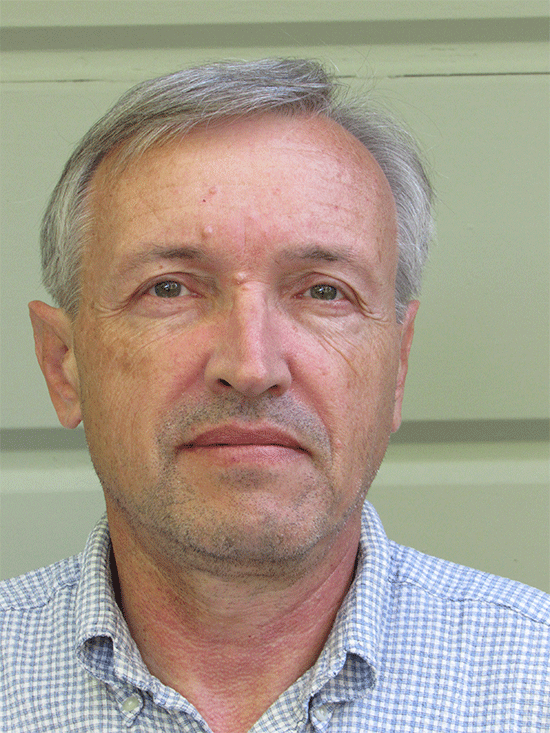
Glen Jaross
> PhD Physics
Position: Research Associate, Laboratory for Atmospheres, Goddard Space Flight Center, NASA
Lecturing: Integrated design of instrument calibration
Glen Jaross has for more than 30 years been designing, testing, and calibrating Earth-observing solar-reflective sensors, primarily for ozone measurement. His primary responsibilities have been with the TOMS and OMPS instruments, for which he has led all phases of pre-launch and post-launch characterization support. He currently serves as the OMPS Instrument Scientist, having participated in its development since the late 1990s, and helping to design the operational calibration system. He continues to oversee design refinements in OMPS, a family of 17 sensors that will fly on NOAA satellites through 2040. He also serves on the science or validation teams for the OMI, TropOMI, SAGE 3, and GEMS instruments. Dr. Jaross holds a special interest in validation of sensor calibration and multi-sensor inter-calibration. He pioneered a technique for directly comparing polar-orbiting sensors over ice surfaces, and has worked on methods for evaluating UV/VIS radiometry utilizing radiative transfer modeling.
cv
2013 – present NASA research scientist
1990 – 2012 Instrument calibration analyst supporting NASA/GSFC
1982 – 1990 Graduate research, high energy particle physics, Univ. of Illinois
1978 – 1982 Engineering Physics student, Univ. of Illinois
Integrated design of instrument calibration
This talk will explore the basis for instrument calibration. Which instrument characteristics do we choose to calibrate, and how do we know how accurately to calibrate? Too loose, and we jeopardize science. Too tight, and we waste time and money. There are some basic parameters that must always be calibrated. But others, such as radiometric calibrations, are dictated by instrument and operations design. There is no single correct answer. Two different instruments with the same science objectives may legitimately have different calibration needs. Using a case study of Earth-observing instruments we will explore the iterative process leading to a successful instrument calibration concept. Measurement and calibration requirements are the key to realizing an instrument that adheres to this concept, so we will also explore the process of developing effective requirements. And, finally, we will look at how well-written requirements can influence the pre-launch instrument calibration program.
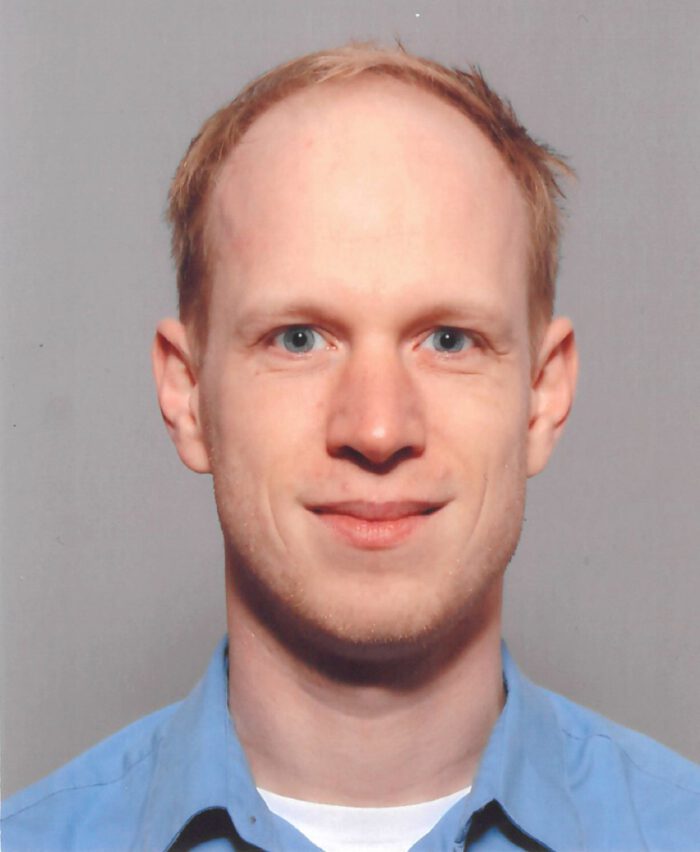
Jorge Fiebrich
> MEngn. Space Systems and Business
Position: Ariel Product Assurance and Safety Manager, ESA
Lecturing: Product Assurance for Optical Instruments
Jorge Fiebrich is the Ariel Product Assurance and Safety Manager working at the European Space Agency. He coordinates a small team of experts in the quality domain and is responsible for the overall spacecraft product assurance and safety activities. Product assurance activities are covering a wide range of activities such Quality assurance, RAMS, Materials and processes, cleanliness, radiation hardness and software assurance, all of which are required to ensure that the final product not only meets the requirements during the verification campaign but also keeps meeting them throughout the satellites live time.
cv
2020 – Today Ariel PA Manager
2018 – 2020 Solar Orbiter deputy PA Manager
2017 – 2018 MEeng. Graz University of Technology
2015 – 2018 PA manager of the ESTEC Test Centre
2014 – 2015 PA engineer for Lisa Pathfinder
2008 – 2014 AIT / Systems engineer at TNO (NL)
2005 – 2014 BEng. Electrical engineering, THRijswijk
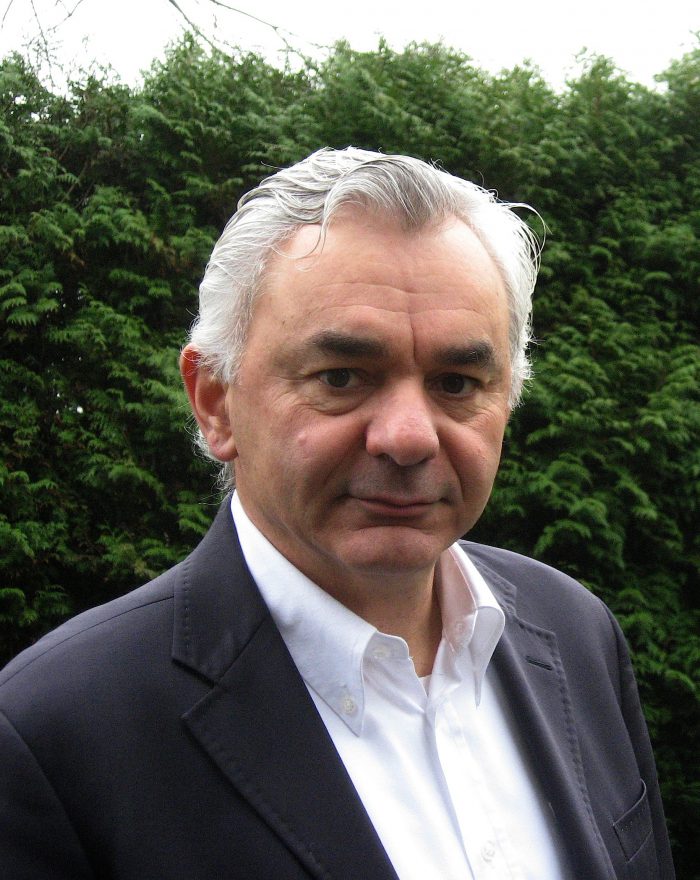
Luca Maresi,
MSc. Theor. Physics
>
Position: Lead Optical Engineer at ESA/ESTEC,
Lecturing: Complex Procurement
Luca Maresi has more than thirty years of experience as Optical System Engineer for Space systems at Leonardo (Italy), Terma (Denmark), and ESA. He has worked on a number of large projects, such as Cassini, Rosetta, and Sentinel 5 Precursor. He has also initiated and managed groundbreaking projects, such as the Star Tracker 15AS at Terma, the Proba-V payload, and the HyperScout. In October 2013 he was appointed as Head of the Optics Section. Luca Maresi is the Chairman of the Symposium on Small Satellite Systems and Services since 2004. In 2016, together with Bernd Harnisch, he started the SOIDT.
cv
2021 – present: Lead Optical Engineer – Mechanical Dept. at ESA/ESTEC
2013 – 2021: Head of the Optics Section – Mechanical Dept. at ESA/ESTEC
2006 – 2013 Senior Optical System Engineer – Optics Section at ESA/ESTEC
2001 – 2006 Systems Engineer – Directorate of Industrial Matter and Technology at ESA/ESTEC
1996 – 2001 Senior Optical System Engineer – Space Division at Terma A/S – Denmark
1990 – 1996 Optical System Engineer – Space and Optics Division at Leonardo (formerly Officine Galileo) – Italy
1989 – 1990 System Engineer at Field Data – Italy
1989 Laurea in Physics – University of Milan
Complex Procurement
In most of the professional activities we will need to procure or sell complex equipment. In the Space optics business, it is normal practice to purchase sub-systems through a process that entails the definition of specification, a contract and a payment plan. The procurement can span over a few years, and the success of a project can be undermined whenever one of the unit is not delivered according to the needs. This process entails the preparation of the technical specifications, the work logic, a payment plan, key inspection points, and the acceptance of the purchased item. The lecture will provide an introduction on the process to defining the various part of the procurement of complex systems and will give real life experience of possible pitfalls when purchasing complex systems.